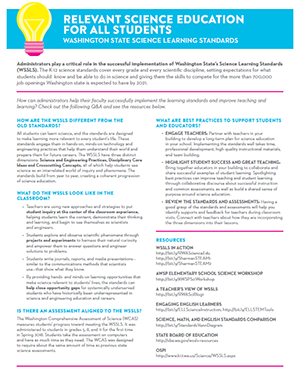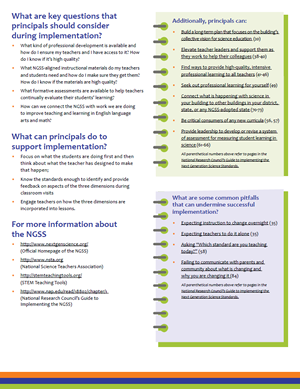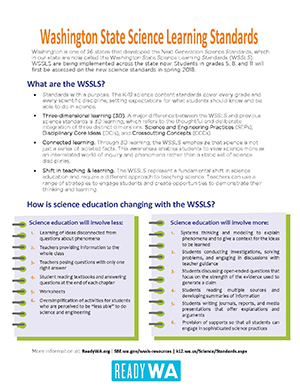Washington State Science Learning Standards: Resources for Teachers, Administrators, Parents, and Students
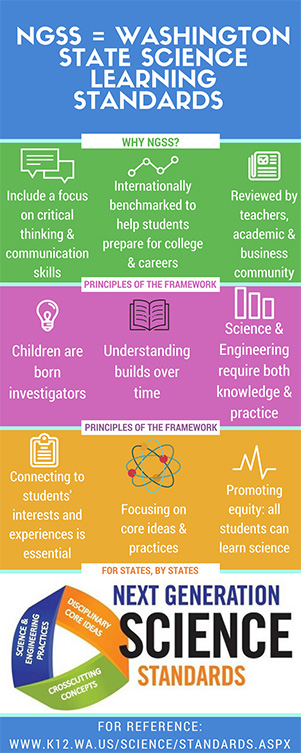
The Washington State 2013 K-12 Science Learning Standards (WSSLS) are the Next Generation Science Standards (NGSS). These standards describe what students should know and be able to do at each grade level. The State Board of Education strongly believes in the importance of the successful implementation of Next Generation Science Standards (NGSS) and the continued sustainability of high-quality science education in the state of Washington.
It is our hope that this page will serve as a resource for teachers, administrators, local school board members, and parents. This page also includes further background information on how the NGSS were developed.
Resources for Teachers
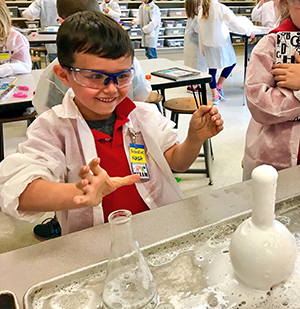
Next Generation Science Website:
- Seven case studies of diverse student groups
- Quality Examples of Science Lessons and Units
- Resource library
- Video Hub
- Instruction and Assessment Supports
- Parent guides
STEM Teaching Tools:
- Introductory PowerPoint about STEM teaching tools
- There’s currently 51 practice briefs categorized by topics, including equity
- Other PD resources
- Utah's formative assessments
Achieve:
- NGSS Adoption and Implementation Workbook
- Achieve will review materials designed for NGSS
- Videos:
- Webinar presentations:
National Science Teachers Association:
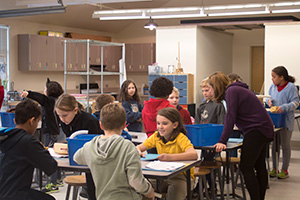
Resources for Administrators
Ready Washington Fact Sheet:
Association of Washington School Principals:
- Elementary Science Video Workshop (Also includes links & resources)
Next Generation Science Standards Resources:
Institute for Systems Biology: Logan Center for Education:
STEM Teaching Tools:
- Introductory PowerPoint about STEM teaching tools
- There’s currently 51 practice briefs categorized by topics, including what school building administrators should know about NGSS, about how schools should focus PD when implementing NGSS, and about equity
- Other PD resources
WestEd:
Next Generation Science Standards Resources:
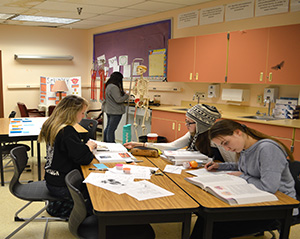
Resources for School Board Members
WestEd:
Resources for Parents
Next Generation Website:
Ready Washington:
Office of Superintendent of Public Instruction:
As an introduction, the below video was produced by Ready Washington and focuses on the hands-on aspects of the NGSS. Stoddard’s classroom is rooted in the Washington State Science Learning Standards (WSSLS), which Washington adopted in 2013 based on the Next Generation Science Standards. These standards are designed to make science education accessible and relevant to all students, engaging them in hands-on technology and engineering practices that help them understand the world and prepare them for future careers.
What do students think about the way they learn with the standards? Angelica and Max, sixth graders at Cedarcrest, say they enjoy the way they use materials to do projects. “You learn a little more when you’re doing it yourself,” Angelica said.
The standards recognize that all students are born investigators. Hands-on learning makes classroom experiences more relevant to students’ lives, enabling them to see themselves as scientists and engineers – particularly for students of color, those from families with low incomes, and girls, who have historically been underrepresented in science fields.
Stand Out Schools Making the Most of the WSSLS
Sherman STEAM in Tacoma School District:
SBE and the Office of Superintendent of Public Instruction (OSPI) traveled to Tacoma Public Schools to visit a very special school with teachers that utilize Washington State Science and Learning Standards (WSSLS, formerly Next Generation Science Standards, NGSS) in creative ways! Thank you to Sherman STEAM for letting us highlight the great work you do!
North Central Educational Service District:
Innovative STEM Funding Program Engages the Local Community
Wenatchee School District:
New Freshman Integrated Physics & Chemistry Course at WHS
Bellingham High School:
Classroom Snapshot of James Yoos' Quantitative Chemistry: "What is your WHY statement?"
Background on NGSS
The NGSS were developed, beginning in 2010, with a collaborative of 26 state Lead Partners, the National Research Council, the National Science Teachers Association, the American Association for the Advancement of Science, and Achieve. A committee of practicing scientists, cognitive scientists, science education researchers and science standards and policy experts provided guidance. The standards went through several rounds of review with multiple stakeholders. Two drafts were made public so comment and input could be collected from any interested member of the public. According to Achieve, no federal funds or incentives were used to create or adopt the standards.
Washington was the eighth state to adopt NGSS. So far, 18 states and the District of Columbia have adopted the standards, and South Dakota has adopted similar standards. In addition, many districts have adopted the standards in states that have not adopted the standards as a state.
The development of the standards followed the development of a framework published by the National Research Council in 2011, the Framework for K-12 Science Standards, that provides the foundation for the standards through research on the ways student learn science effectively. The framework describes an integrated vision of K-12 science education, and outlines the major practices, crosscutting concepts and disciplinary core ideas that students should be familiar with by the end of high school. Dr. Philip Bell, who the Board will be hearing from at this meeting, was a member of the committee that developed the framework.
The Framework for K12 Science Standards defined several guiding assumptions for the new standards including:
- Children are Born Investigators
- Focusing on Core Ideas and Practices—limiting a set of core ideas to encourage depth of meaningful understanding
- Understanding Develops over Time
- Science and Engineering Require Both Knowledge and Practice
- Connecting to Students’ Interests and Experiences
- Promoting Equity
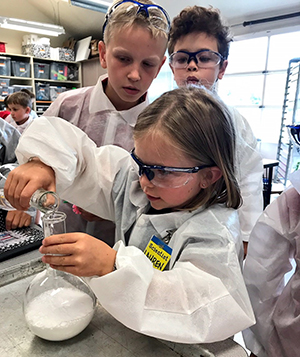
Promoting equity in science education was a foundational assumption of the development of the standards framework. The framework calls out the benefit to both students and the study of science when students with diverse customs and orientations from different cultures engage in science—embracing diversity enhances science learning. Ultimately, the framework finds that, “The goal of educational equity is one of the reasons to have rigorous standards that apply to all students. Not only should all students be expected to attain these standards, but also work is needed to ensure that all are provided with high-quality opportunities to engage in significant science and engineering learning.” The promotion of equity as an integral part of implementing science standards accords well with the Board’s interest in educational equity, and could be part of the Board’s work in promoting equity across graduation requirement subject areas.
Part of the vision of the framework that formulated in the standards is that teaching and learning of science involves three dimensions: 1) science and engineering practices, 2) crosscutting concepts, and 3) disciplinary core ideas. Each standard is described in each of these dimensions. The first dimension includes the behaviors employed by scientists, engineers and students to pursue scientific inquiry and learning. The second dimension includes concepts and big ideas such as cause and effect, energy and matter, stability and change, that link domains of science. The core content domains of physical sciences, life sciences, earth and space sciences and engineering, technology and applications of sciences are contained within the third dimension.
Implementing the NGSS standards with fidelity will require science instruction to change throughout K-12 education. Read more here.


